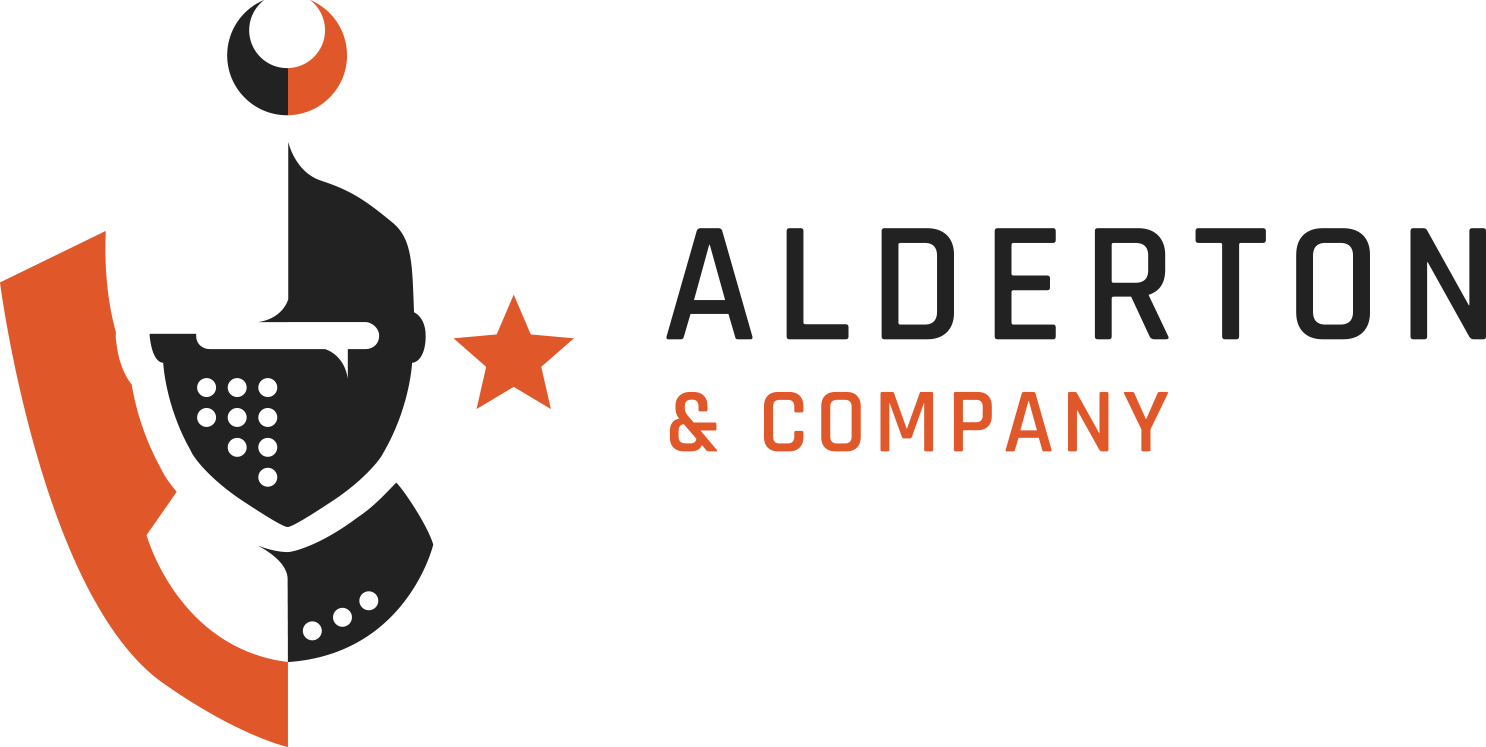
Managing Risk In The COVID-19 Environment
August 21, 2020
Keeping in Step With the March of Technology
December 1, 2020Adapting to Artificial Intelligence


There is a general view that the adoption of AI is simply another plug-and-play technology when in reality the implementation of this technology requires a restructuring of the organisation to ensure that any such adoption is successful.
Harvard University conducted a five-year study to understand how the implementation of AI is best managed. This study, in a sense, was counter-intuitive to the extent that AI was most effective when it bought out the best in people, in other words, machines and humans are integrated to complement each other. This is a result of machines being able to perform repetitive and automated tasks more precisely and much faster than humans whereas skills such as creativity, intuition, care, adaptability, and innovation are uniquely human. These human skills are not ones that can be delegated to a robot or algorithm.
The Harvard Business review determined that there were four layers to be undertaken for an organisation to achieve what they refer to as. “A human-centric organisation with superhuman intelligence”. These four layers are intentionality, integration, implementation, and indication (referred to as the four I model). These must be stacked together or the use of AI will not fully achieve the desired outcome. This is how this system should work:-
- The intentionality of purpose. In other words, the organisation knows and clearly understands why it matters in the world. It is not just about profits, shareholders, and other stakeholders. This is about a cultural shift towards a higher human-centric purpose. In summary, this means that an organisation must have a combination of hardware and software that has totally integrated automation architecture, (TIA). This then allows for a human interface where employees can use AI to train machines and systems for both more efficient outcomes and less human intervention.
- This refers to the integration of human and AI resources throughout an organisation. To embrace and derive full benefit from technology organisations must develop flexible teams that integrate people horizontally and vertically, from product creation to strategic decision making. To achieve this organisations must develop flatter management structures that allow for more fluid roles in cross-functional teams as opposed to individual roles and responsibilities.
- This requires engaging human talent, tolerating risk, and encouraging cross-functional coordination. Critical to the outcome is getting people to believe in the technology. In other words, management must build trust in AI with employees so that rather than see their jobs as obsolete they will see their jobs become easier with the use of technology. Management must ensure that they communicate their vision and strategy transparently and explain the goals, the changes needed, and how AI will be rolled out over what period. Lastly engaging employees in the process and allowing them to review and try the new technologies prior to full implementation ensures a much easier transition.
- This is a performance measurement. The success and progress of the implementation of any new product, process, or strategy must be measured to determine its success. Historically organisations have used KPI’s however the more successful organisations are now using “Objectives and Key Indicators (OKR’s). Ultimately the goal of OKR’s differs from KPI’s in that it more clearly defines objectives where failure may occur through concrete and measurable specifications. These are designed to encourage creative and aspirational thinking in achieving the desired goals even if they are not achieved. Google adopted OKR’s in 1999 which some analysts credit with their success.
In summary, it is important to understand that AI is not just a technological improvement but rather is used as a system to unlock the full potential of an organisations human potential. Effective and coordinated leadership is therefore crucial in both the adoption and implementation of AI.

